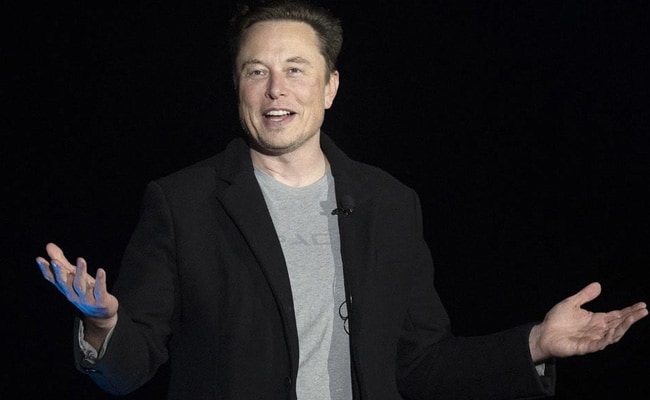Elon Musk, the CEO of Tesla, and other executives from the automaker’s hardware and AI teams gave speeches during the company’s 2022 AI Day, an engineering recruitment event, on Friday evening in Palo Alto, California.
Musk revealed Tesla was creating an Optimus-like humanoid robot on the last AI Day in August 2021. At the time, the firm didn’t even have a prototype to display; instead, it brought a dancer on stage dressed as a Tesla Bot in spandex.
To warm up the audience, which included Tesla-focused social media influencers, Musk said, ″We’re going to talk about the advancements in AI for Full Self-Driving, as well as how they apply more generally to real-world AI problems like a humanoid robot and even going beyond that. I think there’s some potential that what we’re doing here at Tesla could make a meaningful contribution to AGI [artificial general intelligence].”
Previously, Elon Musk co-founded (and subsequently left) the artificial intelligence startup OpenAI. In 2015, OpenAI bragged that it has developed neural networks that could be used to program a robot hand to solve a Rubik’s Cube problem.
At AI Day 2021, when Musk first proposed the Tesla Bot idea, he remarked, “It should be able to, “Please go to the shop and bring me the following foodstuffs,” and things of that nature. Later, Musk said that Tesla robots would one day be more valuable than its automobiles and that thousands of them will be employed in the plants where people currently construct cars and batteries.
During a question-and-answer session, Musk admitted that developing a humanoid robot was not precisely in line with Tesla’s mission of accelerating the world’s transition to sustainable energy. He said Optimus expands the Tesla mission to “making the future awesome.”
He said he thinks in 3 to 5 years, customers will be able to buy an Optimus.
An attendee asked Musk if he envisioned Tesla selling its Dojo super computer, which it uses for AI machine learning, to other companies. Musk said he thinks it makes more sense to offer a Dojo service, something like AWS, which he described as a “service that you can use that’s available online where you can train your models way faster and for less money.”













